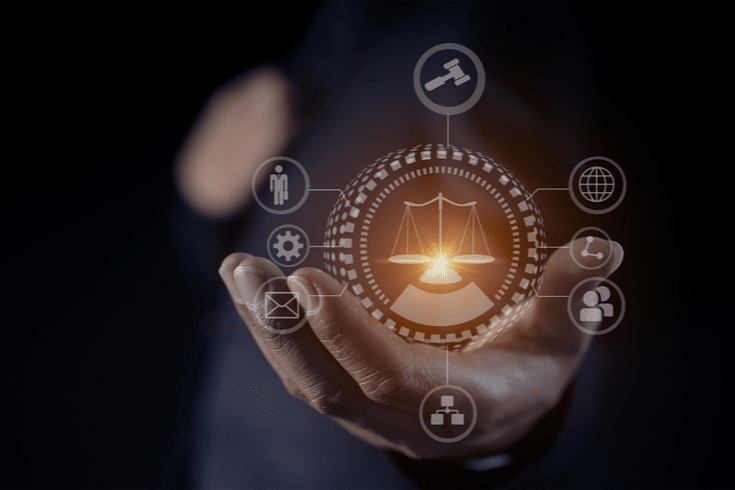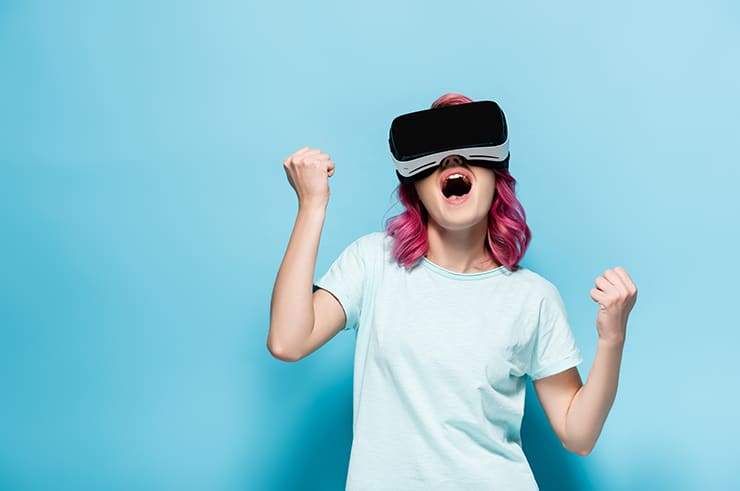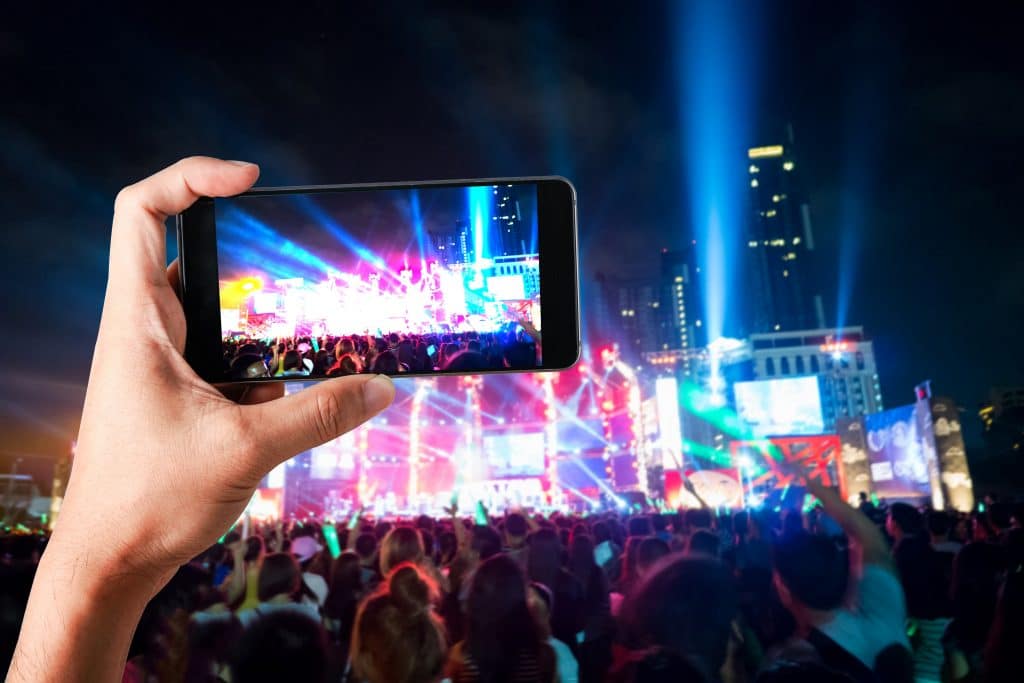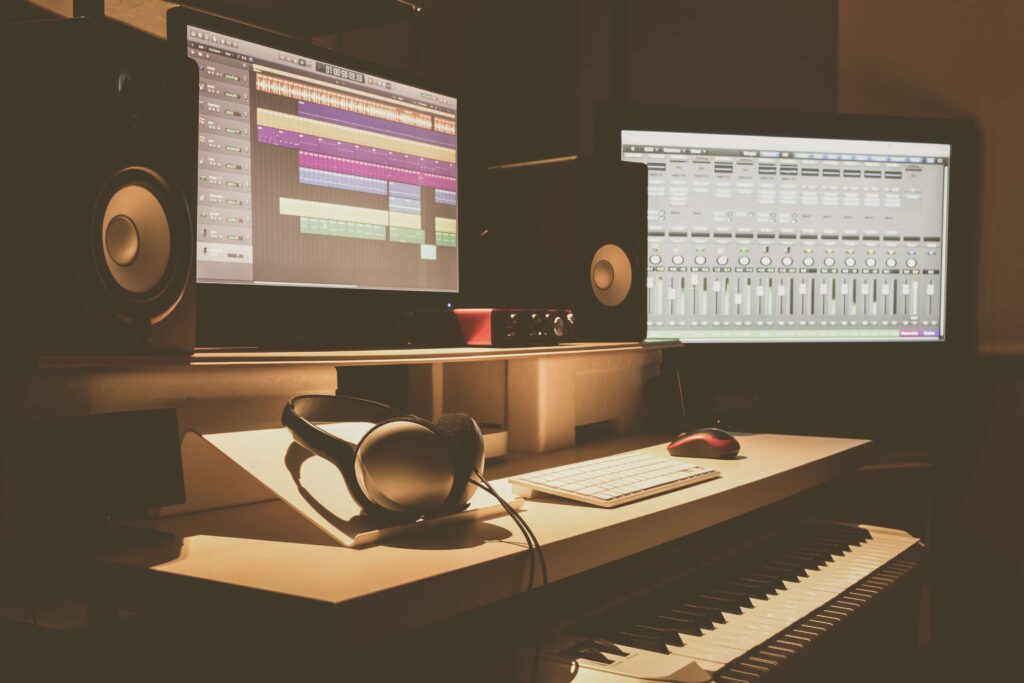Explaining Copyright Considerations in the Rising Popularity of Highlight Videos

“Highlight videos”, which are re-edited portions of videos published on platforms like YouTube, are gaining popularity. These videos allow viewers to efficiently watch only the interesting parts of longer videos, and as such, they are attracting attention as a unique genre of video. Among them, highlight videos of Hiroyuki Nishimura, the former administrator of 2channel, are widely available on YouTube, largely because he has given his consent for their creation and distribution.
In this article, we will explain the relationship between highlight videos and copyright, points to note, and the mechanism of monetization using YouTube’s Content ID for those who distribute highlight videos.
What is a Highlight Video?
A highlight video refers to a video that has been re-edited from a video created by someone else. A common example of a highlight video is a digest version created by picking up particularly interesting parts from videos of celebrities distributed on YouTube, and adding effects such as subtitles.
A famous example of a highlight video is based on videos uploaded to the YouTube channel of Hiroyuki Nishimura, known as “Hiroyuki”, the former administrator of 2channel.
Hiroyuki’s YouTube channel features him commenting on various questions from viewers while drinking alcohol, with no particular editing such as subtitles or effects. The original videos being distributed are about 2 hours long, making it difficult to replay and watch them multiple times.
Highlight videos are created by other YouTubers who cut out interesting parts from Hiroyuki’s YouTube videos, add subtitles, captions, and impressive thumbnail images. The number of registrations for Hiroyuki’s highlight videos has skyrocketed, boosted by Hiroyuki’s own popularity.
Is Clipping into Highlight Videos a Copyright Infringement?
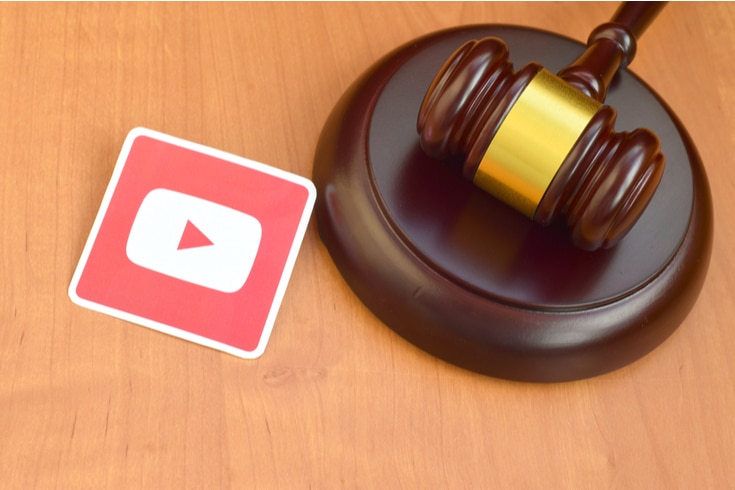
If you can increase your channel subscribers by broadcasting highlight videos of famous YouTubers, many people might consider monetizing this as a side job. However, the question arises whether or not highlight videos infringe on copyright laws.
To answer this question, the principle is that highlight videos do infringe on copyright laws. We have explained in detail about ‘Fast Movies’, which are similar to highlight videos, in the following article.
Like Fast Movies, highlight videos also have issues related to copyright laws. Copyright is a bundle of rights with multiple contents, among which it is necessary to consider the relationship with adaptation rights and public transmission rights in particular.
Adaptation Rights
Adaptation rights refer to the rights to translate, arrange, transform, dramatize, etc., a work. Highlight videos, which involve cutting the original video and adding sound effects or subtitles, fall under adaptation.
Only the copyright holder has the right to adapt a work, so a third party adding edits to someone else’s video without permission is a copyright (adaptation rights) infringement.
Public Transmission Rights
Furthermore, among copyrights, there is a right called public transmission rights. This is the right related to transmitting a work to the public. Only the copyright holder can decide who to transmit the work to, or not to transmit it at all.
Therefore, a third party broadcasting the copyright holder’s video on YouTube without permission is a copyright (public transmission rights) infringement.
Penalties for Copyright Infringement
The penalties for copyright infringement have become quite severe due to repeated legal amendments. It is particularly important to note that it can be subject to criminal penalties.
In addition to criminal penalties, you may also be held liable in civil law.
Firstly, if you upload a highlight video of someone else’s broadcast on YouTube without permission, the copyright holder can file a copyright infringement claim with YouTube. If this claim is accepted, the video may be deleted or the YouTube channel account may be suspended.
Also, if there is a copyright infringement, the copyright holder may claim damages. For example, if you are broadcasting a highlight video on YouTube without permission, you may be claimed an amount equivalent to the advertising revenue from YouTube.
However, the Japanese Copyright Law has an exception that if it falls under ‘quotation’, it does not constitute a copyright infringement. However, it would be difficult to evaluate highlight videos as ‘quotation’ because the original video is the ‘main’ content.
We have explained in detail about ‘quotation’ in the Japanese Copyright Law in the following articles.
How to Legally Distribute Highlight Videos
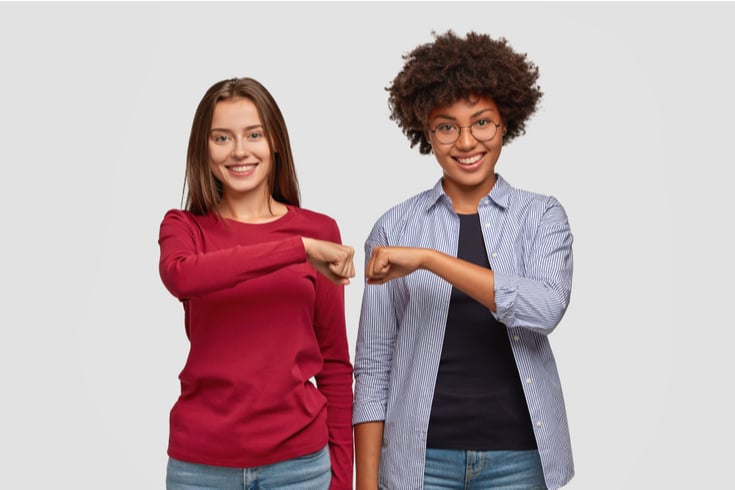
In order to legally distribute highlight videos, it is essential to first obtain consent from the copyright holder.
When creating highlight videos based on videos on YouTube, it is possible to easily distribute profits to the copyright holder. Proposing such profit distribution may make it easier to obtain consent from the copyright holder.
Consent from the Copyright Holder
As explained above, highlight videos are generally considered copyright infringement. Despite this, the reason why videos of Mr. Hiroyuki are being distributed so widely is because Mr. Hiroyuki himself has given consent.
Therefore, if you want to legally distribute highlight videos, it is necessary to obtain consent from the person in question. When obtaining consent, it is important to keep evidence of the consent to avoid trouble later.
The most desirable thing is to create a document with the seals of both parties, such as a contract or agreement with the copyright holder. If the other party is overseas or it is difficult to exchange addresses, at the very least, keep an email in which you have obtained consent from the copyright holder.
Recently, the use of electronic contracts in business transactions between companies has been increasing, so exchanging agreements with electronic contracts is also one method.
Revenue Distribution Mechanism by Content ID
YouTube has a mechanism called Content ID, where the distributor of highlight videos can distribute profits with the copyright holder of the original video. Specifically, it is as follows:
Some copyright holders can use a system called Content ID to easily identify and manage their content on YouTube.
Videos uploaded to YouTube are scanned and compared with a database of videos submitted by copyright holders to YouTube. Copyright holders can choose what action to take for content that matches their Content ID.
YouTube Help “How Content ID Works”
YouTube distributors, if they find out that someone else is distributing highlight videos based on their own videos, can take the following actions:
By setting up Content ID, copyright holders can block uploaded videos that match the copyrighted works they own. They can also keep the content that is the subject of the claim on YouTube and make it viewable with ads. In that case, the copyright holder of the content that was claimed will earn the ad revenue.
YouTube Help “What is a Content ID claim”
As stated in the second point, on YouTube, using Content ID, a part of the revenue of the distributor of the highlight video can be received by the distributor of the original video. In other words, even for copyright holders, if their highlight videos are distributed, their revenue will increase accordingly.
It is said that this Content ID is used for highlight videos of Mr. Hiroyuki, and revenue is being distributed to Mr. Hiroyuki himself.
Summary: Highlight Videos Risk Copyright Infringement; Consult lawyers

Highlight videos are currently gaining popularity as a side job for company employees and students. This is because, if it’s a video of a celebrity, you can easily increase the number of viewers and channel subscribers just by highlighing it. However, it’s important to be aware that distributing videos without the consent of the copyright holder can lead to significant problems.
When distributing videos on YouTube, you need to be careful not to infringe on others’ copyrights or portrait rights. If you are worried about copyright infringement on YouTube or if you have received a claim of copyright infringement from a third party, we recommend that you consult with a lawyer who is knowledgeable about copyright law immediately.
Introduction to Our Firm’s Measures
Monolith Law Office is a legal office with high expertise in both IT, particularly the Internet, and law. Recently, among YouTubers and VTubers, the need for legal checks such as portrait rights, copyright, and advertising regulations has been rapidly increasing in channel operation. Also, it is essential to prepare thoroughly in advance for issues related to contracts.
Category: Internet



